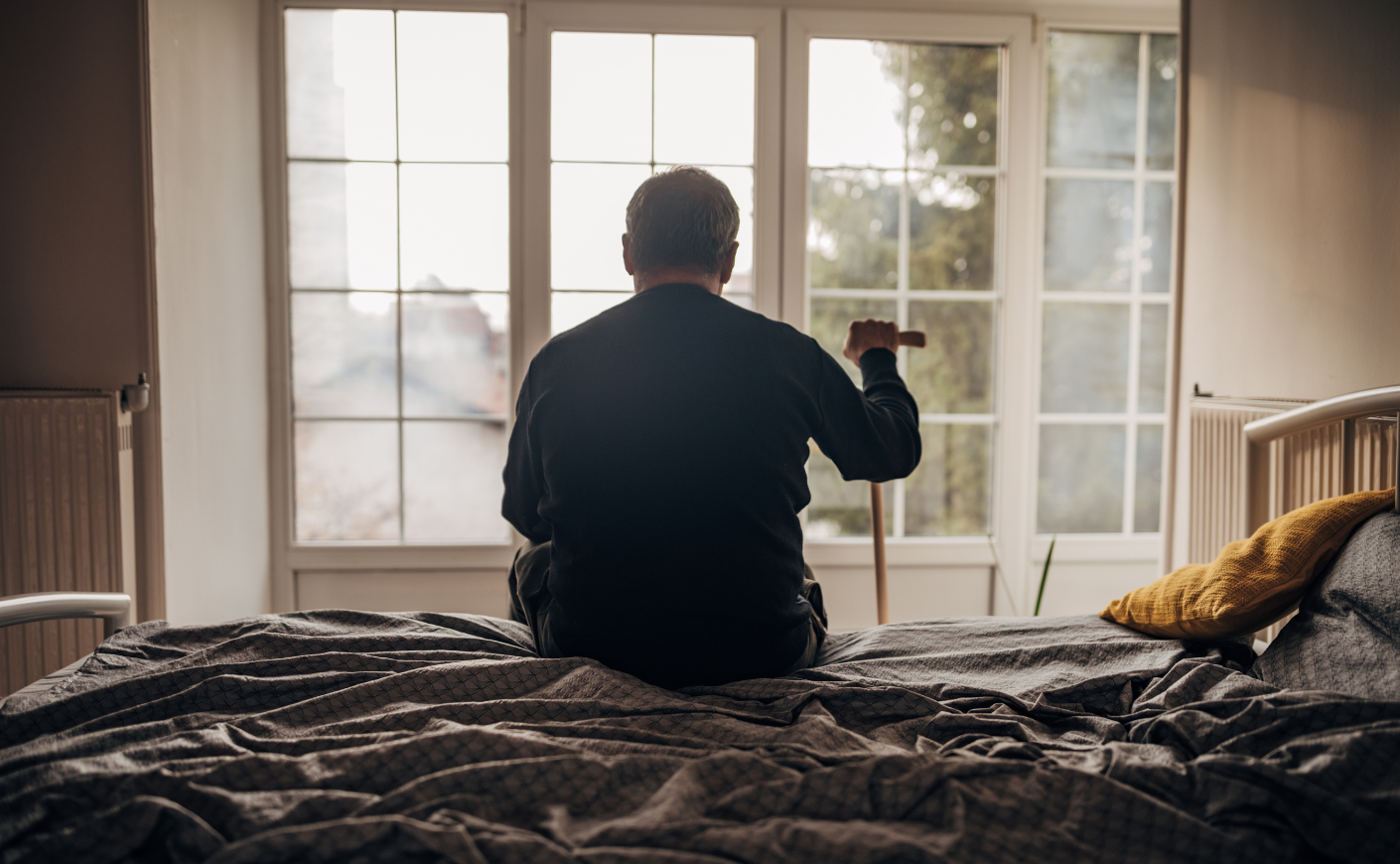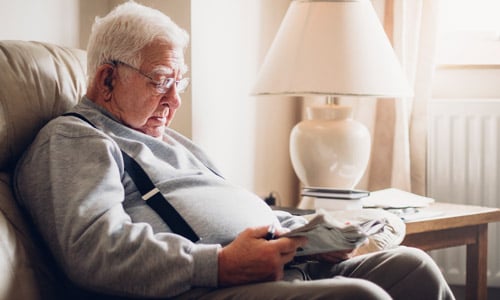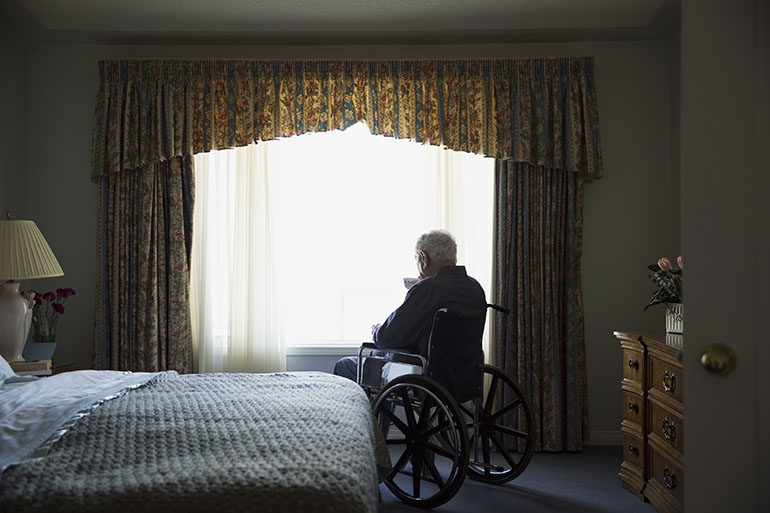Family caregivers often face the daunting challenge of managing the safety and well-being of their loved ones, especially elderly family members. As the population ages, the need for caregiving has increased significantly. One of the pressing concerns is the risk of falls among seniors, which can lead to serious injuries and even hospitalization. In this context, the role of fall detection technology becomes crucial. Implementing effective fall detection systems can significantly alleviate the burden on caregivers, thereby reducing caregiver burnout.
Many caregivers are unaware of how fall detection reduces caregiver burnout. By providing an additional layer of safety and assurance, these systems can help caregivers focus on other aspects of their caregiving role without constantly worrying about the potential for falls.

Understanding Caregiver Burnout
Caregiver burnout is a state of physical, emotional, and mental exhaustion. It occurs when caregivers do not get the support they need or if they try to do more than they are able, physically or financially. The demands of caregiving can be overwhelming, especially without proper support mechanisms in place.
The Role of Fall Detection in Senior Safety
Fall detection systems are designed to alert someone when a fall occurs. These systems use a variety of technologies, including wearable devices and home sensors, to detect falls and notify caregivers or emergency services promptly. This technology acts as a safety net for seniors living at home, ensuring that help is available when needed.
Technological Advances in Fall Detection
Modern fall detection systems have evolved to incorporate sophisticated algorithms and sensors that can accurately identify a fall. These systems can differentiate between everyday activities and actual falls, reducing false alarms and enhancing the reliability of the alerts.
Benefits of Fall Detection for Caregivers
Fall detection technology offers numerous benefits for both seniors and caregivers. For caregivers, the most significant advantage is the peace of mind that comes from knowing their loved ones are monitored and protected. This peace of mind can significantly reduce stress levels and prevent burnout.
Reducing Stress and Anxiety
With a reliable fall detection system in place, caregivers can reduce their stress and anxiety levels. They no longer have to constantly worry about the possibility of falls and can focus on other caregiving tasks or take needed breaks, knowing that help will be automatically summoned if a fall occurs.
Improving Quality of Life
For seniors, fall detection systems can contribute to improved quality of life by allowing them to maintain their independence longer. This independence can be crucial for their mental and emotional wellbeing, as well as their physical health.
Choosing the Right Fall Detection System
When considering a fall detection system, it’s important to evaluate several factors to ensure it meets the needs of both the senior and the caregiver. Factors to consider include the type of technology used, ease of use, reliability, and the availability of customer support.
Wearable vs. Non-Wearable Systems
Wearable devices, like pendants or watches, are popular for fall detection because they are easy to use and can be worn at all times. However, some seniors may find them uncomfortable or may forget to wear them. Non-wearable systems, which use home sensors, can provide an alternative solution that doesn’t rely on the senior remembering to wear a device.
Evaluating System Features
When selecting a fall detection system, consider features such as battery life, range of coverage, and the ability to integrate with other safety systems. It’s also important to ensure that the system is user-friendly for both the senior and the caregiver.
Implementing Fall Detection in the Home
Once a suitable fall detection system has been selected, it’s essential to implement it effectively within the home environment. This includes setting up the system according to the manufacturer’s instructions and ensuring that it is tested regularly to confirm its functionality.
Training and Education
Training both the senior and the caregiver on how to use the fall detection system can help maximize its effectiveness. Education should cover how to wear any devices, what to do when an alert is triggered, and who to contact in case of an emergency.
Continuous Monitoring and Maintenance
Regular maintenance and monitoring of the fall detection system are crucial to ensure its continued reliability. Caregivers should periodically check the system’s components and replace any batteries or other parts as needed.
Integrating Fall Detection with Other Safety Measures
For comprehensive senior safety, fall detection should be integrated with other safety measures. This includes home modifications for fall prevention, such as removing tripping hazards and installing grab bars in key areas.
For more information on home modifications for fall prevention, visit home modifications.
Creating a Safe Living Environment
Ensuring that the living environment is safe and accommodating for seniors can significantly reduce the risk of falls. This includes choosing the best flooring for senior fall prevention, which you can learn more about by visiting flooring for prevention.
Enhancing Family Communication
Fall detection systems can also enhance communication within families. By ensuring that all family members are informed about the senior’s safety status, caregivers can reduce their workload and stress levels. For more on this topic, check out family communication.
Conclusion
In conclusion, the implementation of fall detection technology is a crucial step in reducing caregiver burnout. By providing peace of mind, reducing stress, and improving the quality of life for both seniors and caregivers, these systems offer a valuable solution to the challenges faced by family caregivers. As we strive to create safer and more supportive environments for our loved ones, embracing fall detection technology will undoubtedly play a pivotal role in achieving these goals.

FAQs
What is the primary benefit of fall detection for caregivers?
The primary benefit of fall detection for caregivers is the reduction of stress and anxiety by ensuring that seniors are continuously monitored for falls, allowing caregivers to focus on other tasks or take breaks.
How does fall detection improve senior independence?
Fall detection systems allow seniors to maintain their independence by providing a safety net that ensures help is available in the event of a fall, reducing the need for constant supervision.
Can fall detection systems be integrated with other safety measures?
Yes, fall detection systems can be integrated with other safety measures, such as home modifications and family communication systems, to create a comprehensive safety net for seniors.
This article contains affiliate links. We may earn a commission at no extra cost to you.






